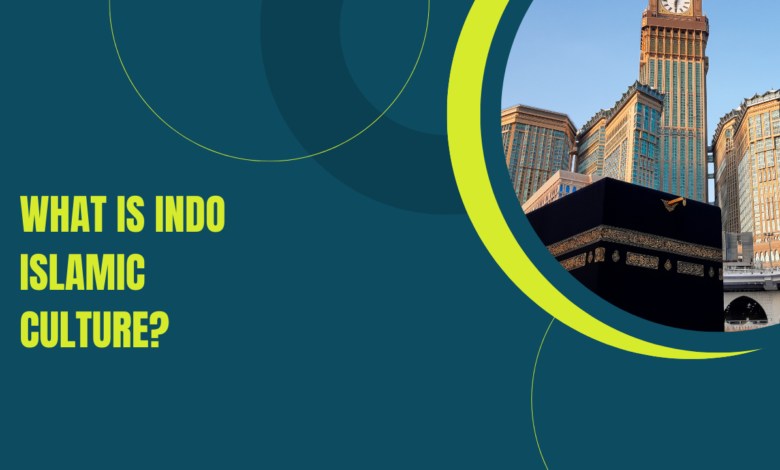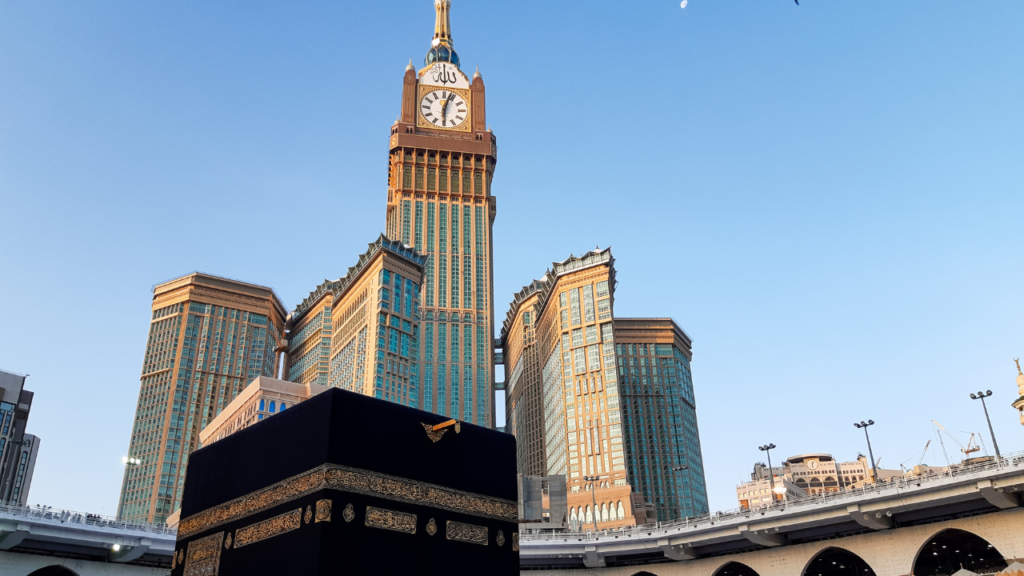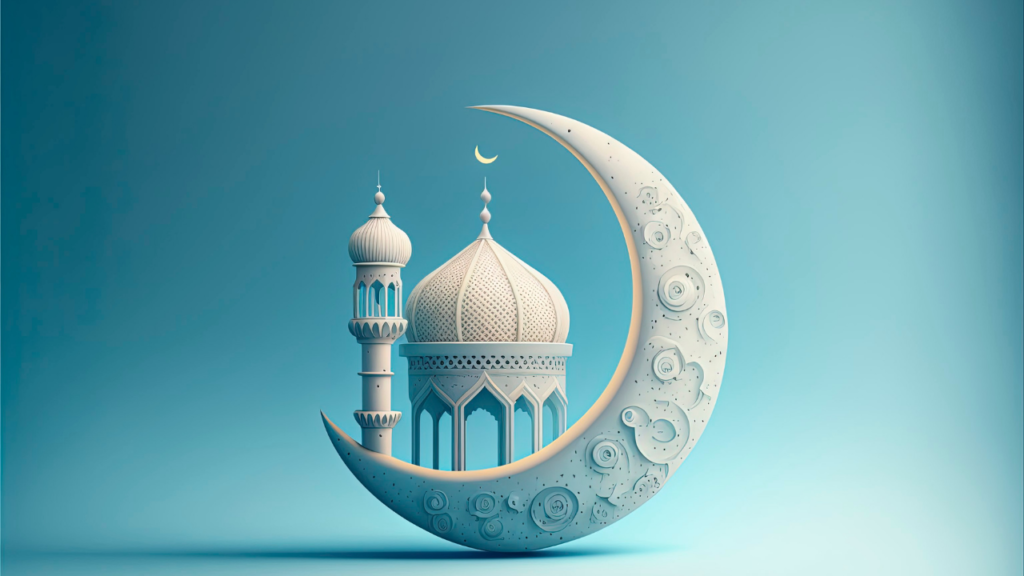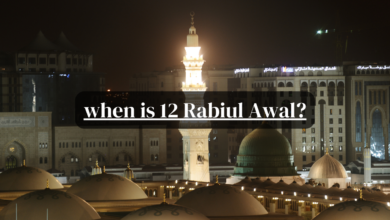
What is Indo Islamic Culture?
Indo-Islamic culture is a rich cultural blend that emerged in the Indian subcontinent through the fusion of Indian and Islamic traditions. It encompasses various aspects of life, including art, architecture, literature, cuisine, and social customs.

Introduction
Indo-Islamic culture is a vibrant and multifaceted cultural amalgamation that has evolved over centuries, bringing together the diverse influences of Indian and Islamic civilizations. This fusion has resulted in a unique and harmonious blend of art, architecture, cuisine, literature, and social customs. Understanding Indo-Islamic culture requires delving into the historical context and the myriad ways in which these two civilizations have interwoven their traditions. This article aims to provide an insight into the essence of Indo-Islamic culture, its historical development, and its enduring impact on the Indian subcontinent.
Historical Background
The roots of Indo-Islamic culture can be traced back to the early 7th century when Islam first made its presence in the Indian subcontinent. It was, however, during the medieval period that this culture truly blossomed. The arrival of the Ghaznavids and the Ghurids in the 11th century marked the establishment of Islamic rule in parts of India. It was under the Delhi Sultanate, which emerged in the 13th century, that Indo-Islamic culture started to take shape.
The Mughal Empire, which ruled much of India from the early 16th century to the mid-19th century, played a pivotal role in the evolution of Indo-Islamic culture. The Mughals were known for their love of art, architecture, and literature. They commissioned magnificent buildings, like the Taj Mahal and the Red Fort, which are now emblematic of Indo-Islamic architecture. The Mughal emperors also contributed to the development of Persian and Urdu literature in India.
Also check.
- What is in Heaven Islam?
- When did Sunni Islam Start?
- Which types of Clothes are Haram on Men?
- What is Hinduism Religion?
- What is Jesus Real Name?
Key Elements of Indo-Islamic Culture
- Architecture: Indo-Islamic architecture is perhaps the most iconic element of this cultural blend. It combines the elegant designs of Islamic architecture with Indian motifs and craftsmanship. Features such as intricate carvings, domes, minarets, and arches characterize this architectural style. The Qutub Minar in Delhi and the Badshahi Mosque in Lahore are prime examples of Indo-Islamic architectural marvels.
- Art and Calligraphy: The fusion of Islamic calligraphy with Indian artistic traditions resulted in a unique form of art. Miniature paintings, with their detailed depictions of royal courts and daily life, became immensely popular during the Mughal era. Calligraphy was also widely used to adorn mosques and monuments.
- Literature: Persian and Urdu literature flourished during the Mughal period. Works like the Baburnama (Babur’s autobiography) and the poetry of Mirza Ghalib reflect the synthesis of Persian and Indian literary traditions. Urdu, in particular, was developed as a language that blended Persian and local dialects.
- Cuisine: Indo-Islamic cuisine is a mouthwatering blend of Indian spices and cooking techniques with Middle Eastern and Central Asian influences. Dishes like biryani, kebabs, and haleem have become staples in the Indian culinary landscape.
- Music and Dance: Sufi music and dance forms like Kathak have roots in Indo-Islamic culture. The qawwali tradition, characterized by soulful Sufi songs, remains a popular expression of devotion and art.
- Clothing and Fashion: Traditional Indian attire, such as the sari and sherwani, coexists with Islamic clothing styles like the hijab and the kurta-pajama, showcasing the harmony of Indo-Islamic culture in daily life.
Impact and Legacy
Indo-Islamic culture has left an indelible mark on the Indian subcontinent. It’s not just a historical relic but a living, breathing tradition that continues to influence modern India in various ways. The architectural marvels from this era, the cultural practices, and the artistic expressions are celebrated and preserved. Additionally, the inclusivity of Indo-Islamic culture allowed for a harmonious coexistence of various communities within the subcontinent.
In Conclusion
Indo-Islamic culture is a testament to the incredible power of cultural exchange and synthesis. It stands as a reminder that diversity can be a source of strength, enriching the tapestry of a society. As we appreciate the magnificent monuments, savor the delectable dishes, and immerse ourselves in the art and literature of Indo-Islamic culture, we celebrate the enduring legacy of this remarkable fusion of Indian and Islamic traditions.

FAQs
What is Indo-Islamic culture?
Indo-Islamic culture is a rich cultural blend that emerged in the Indian subcontinent through the fusion of Indian and Islamic traditions. It encompasses various aspects of life, including art, architecture, literature, cuisine, and social customs.
What are the key historical influences on Indo-Islamic culture?
Indo-Islamic culture was influenced by the arrival of Islam in the Indian subcontinent and the subsequent establishment of Islamic rule by dynasties like the Ghaznavids, Ghurids, and the Mughals. The Mughal Empire, in particular, played a pivotal role in shaping this culture.
How does Indo-Islamic architecture differ from other architectural styles?
Indo-Islamic architecture combines Islamic elements, such as domes and minarets, with Indian motifs and craftsmanship. It is characterized by intricate carvings, arches, and the use of calligraphy. Notable examples include the Taj Mahal and the Qutub Minar.
What role did the Mughal Empire play in the development of Indo-Islamic culture?
The Mughal emperors were patrons of art, literature, and architecture. They commissioned grand monuments and promoted Persian and Urdu literature, contributing significantly to the evolution of Indo-Islamic culture.
What is the significance of Indo-Islamic cuisine?
Indo-Islamic cuisine is a delectable blend of Indian spices and Middle Eastern flavors. Dishes like biryani, kebabs, and haleem have become iconic examples of this culinary tradition.
How has Indo-Islamic culture influenced modern India?
Indo-Islamic culture has left a lasting legacy in modern India. Its architectural marvels, cultural practices, and artistic expressions continue to be celebrated and preserved. The culture’s inclusivity has allowed for the harmonious coexistence of diverse communities in the subcontinent.
What are some famous examples of Indo-Islamic art and calligraphy?
Miniature paintings from the Mughal era, depicting royal courts and daily life, are notable examples of Indo-Islamic art. Calligraphy was widely used to adorn mosques and monuments, adding a distinct aesthetic to these structures.
Is Indo-Islamic culture limited to India, or does it extend to other regions?
While its roots are in the Indian subcontinent, Indo-Islamic culture has influenced neighboring regions such as Pakistan and Bangladesh. The cultural exchange and synthesis have also resonated in countries with significant South Asian diasporas.
What languages are associated with Indo-Islamic culture?
Persian and Urdu are the primary languages associated with Indo-Islamic culture. Persian was widely used for administration and literature, while Urdu developed as a language blending Persian and local dialects.
How is Indo-Islamic culture celebrated and preserved today?
Indo-Islamic culture is celebrated through various cultural events, festivals, and historical preservation efforts. Monuments, museums, and academic research contribute to its preservation and promotion.




